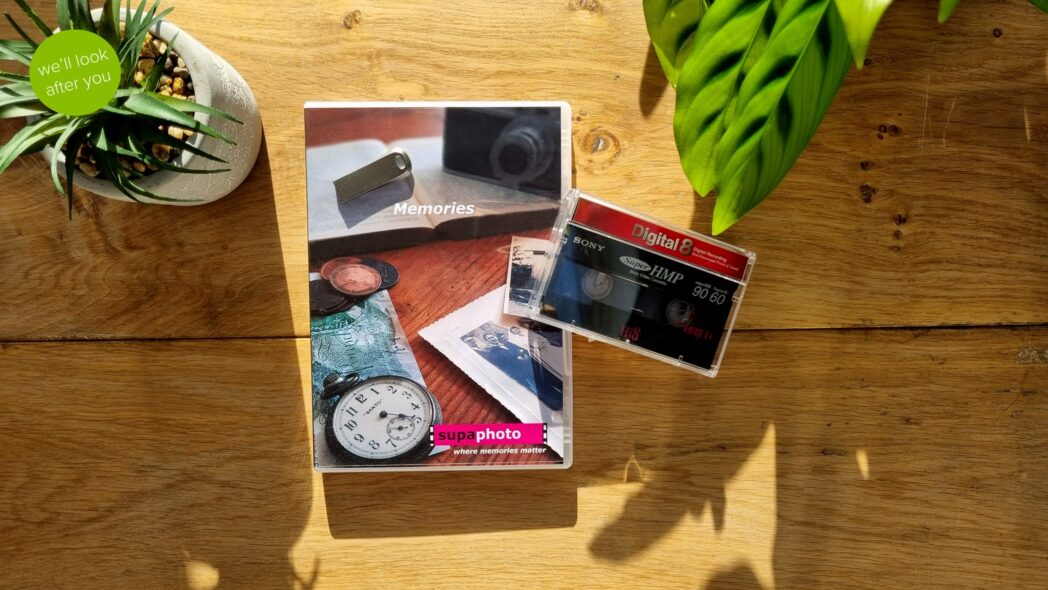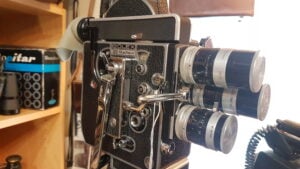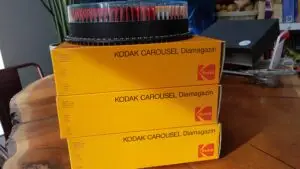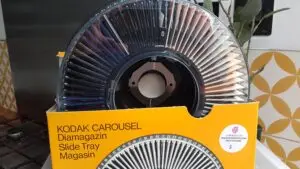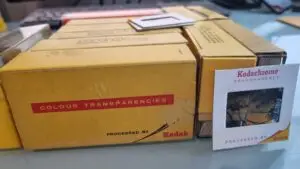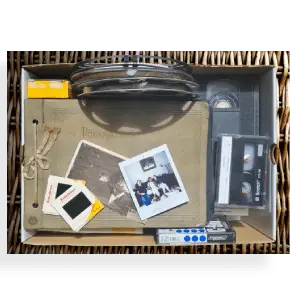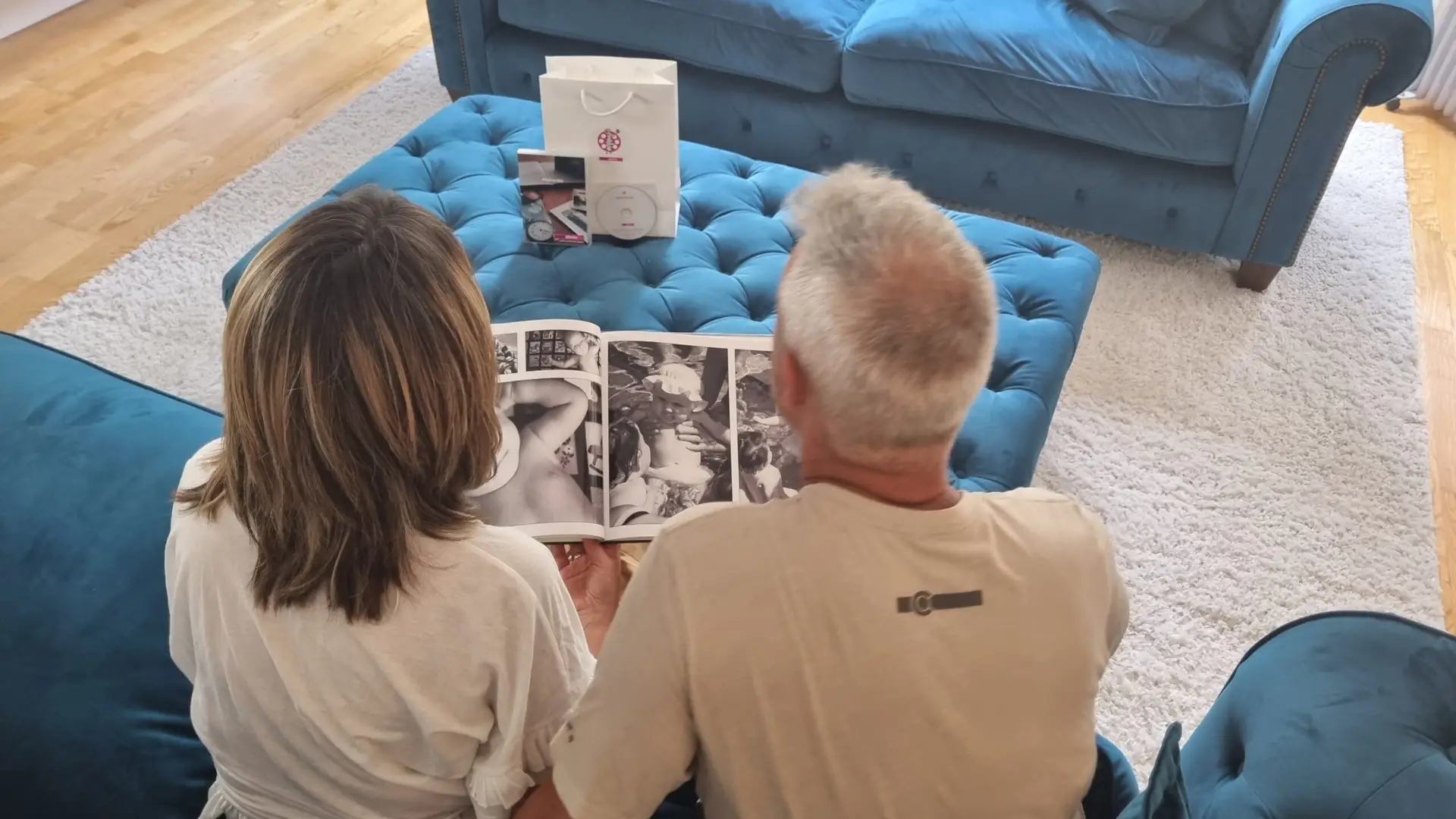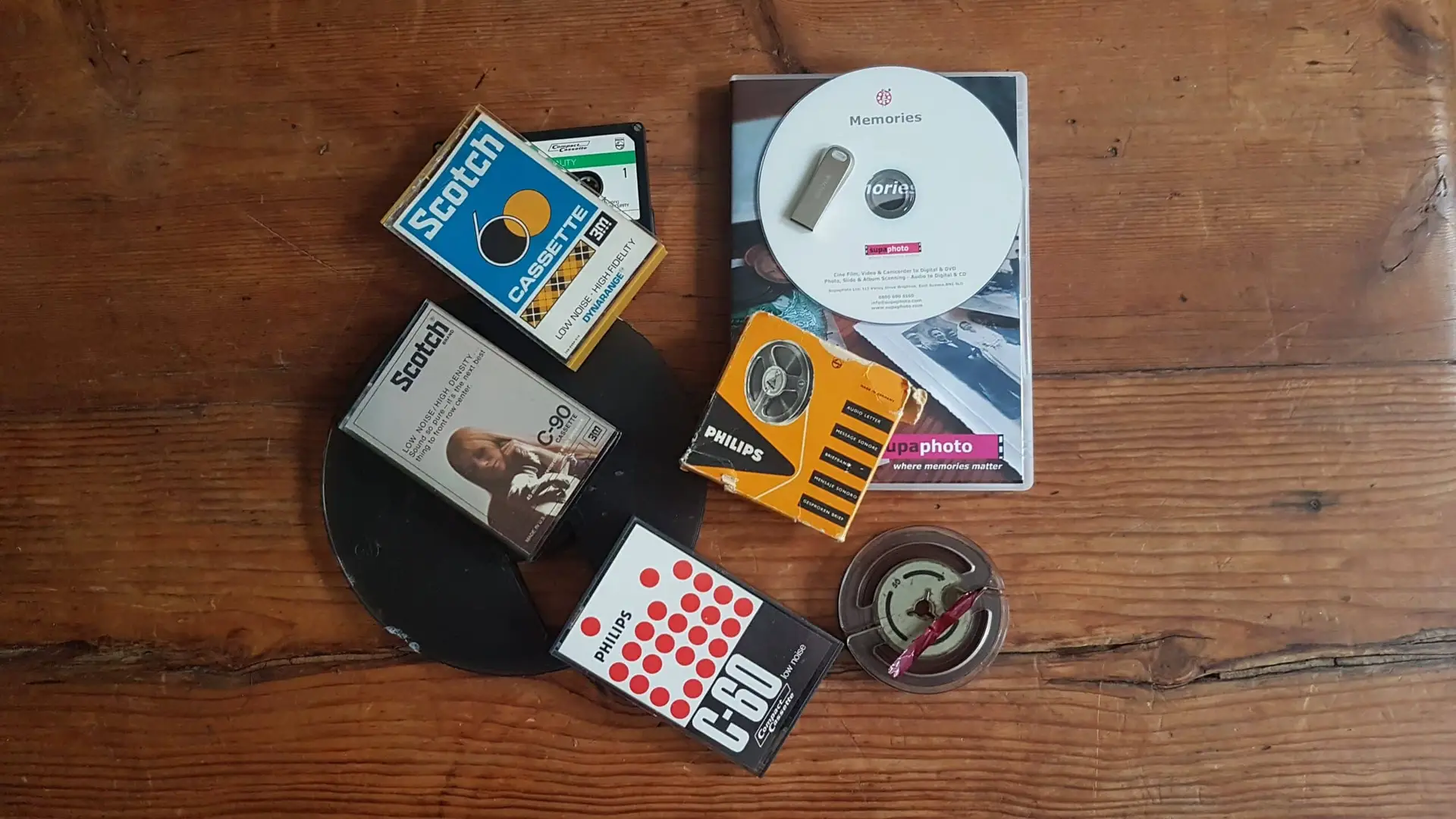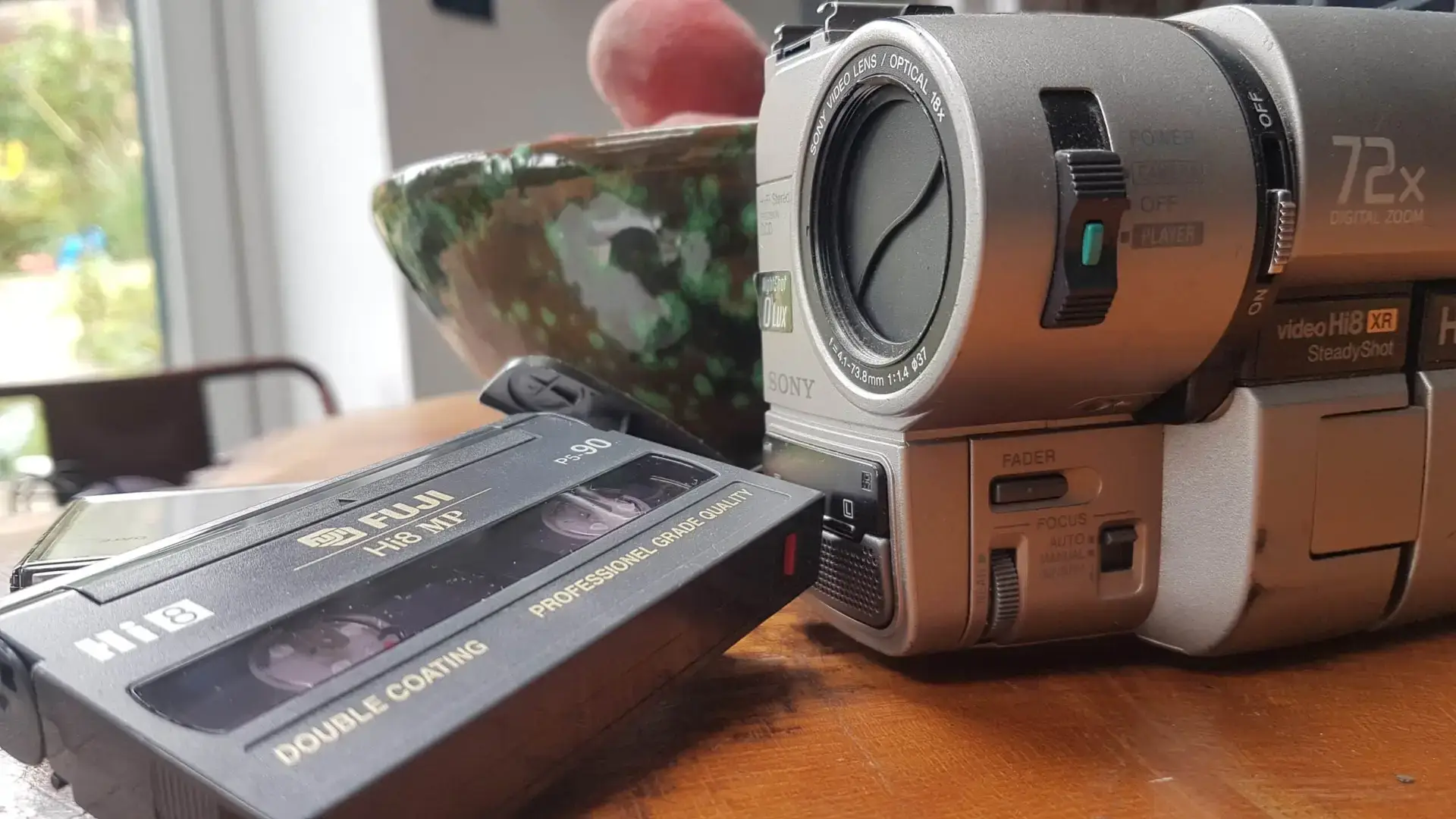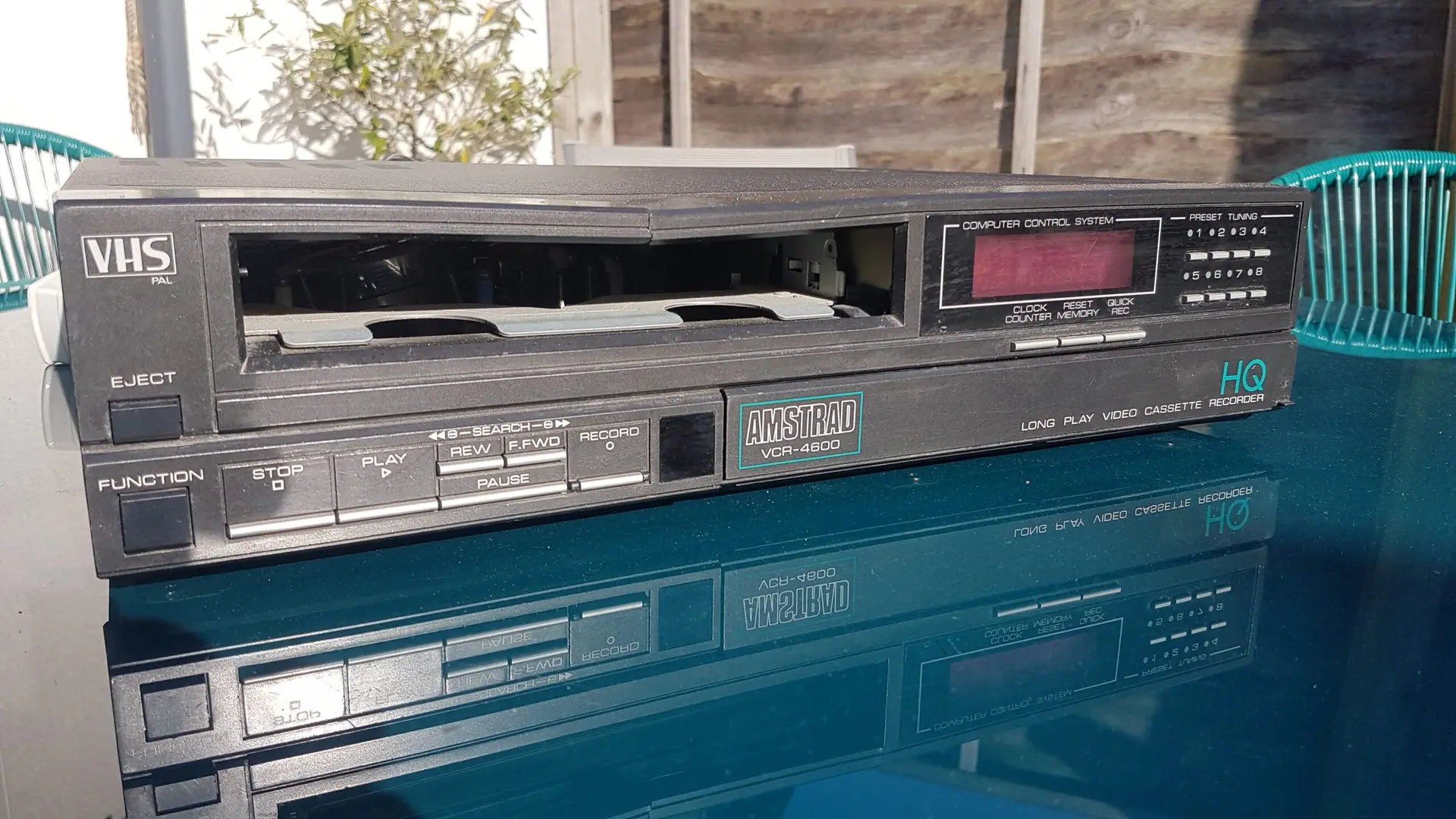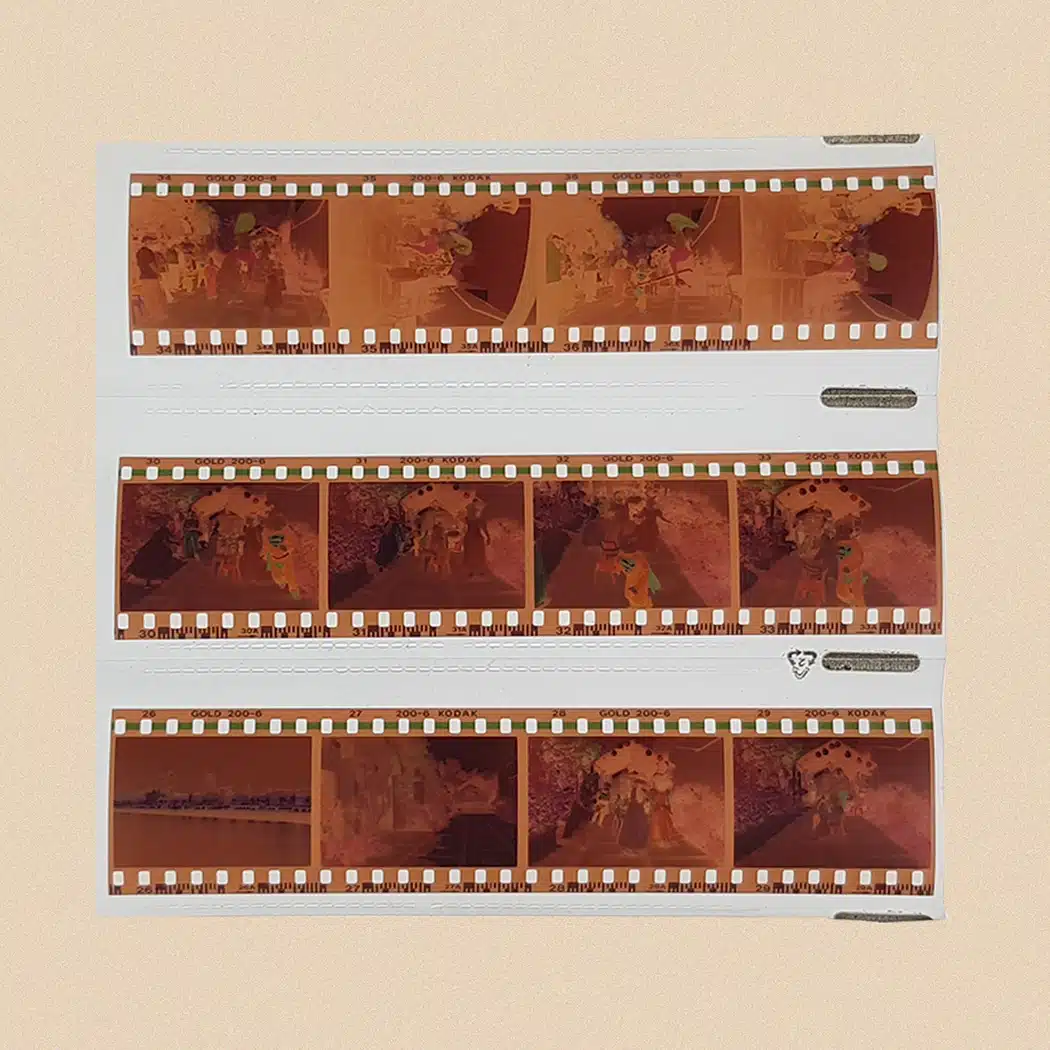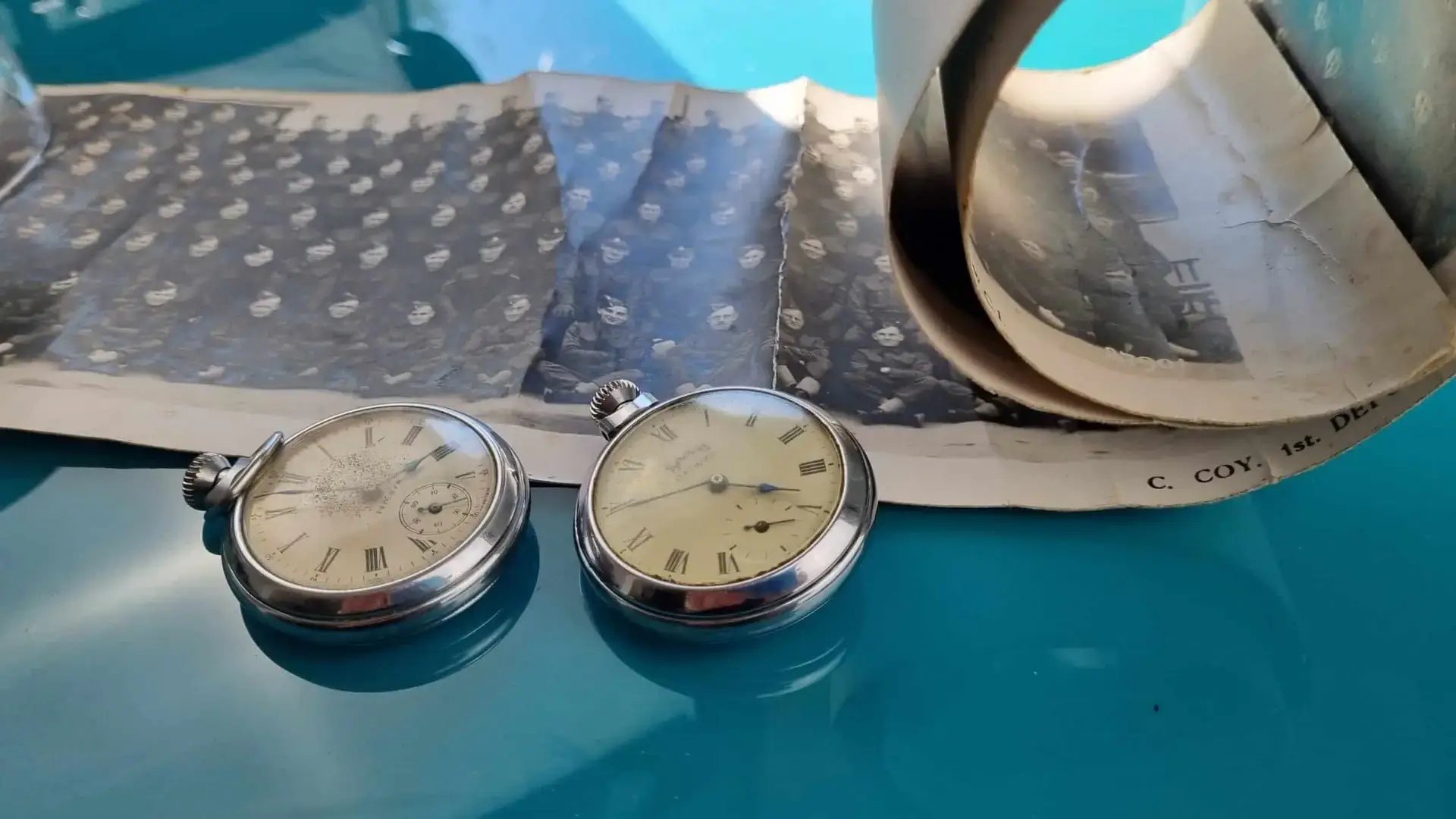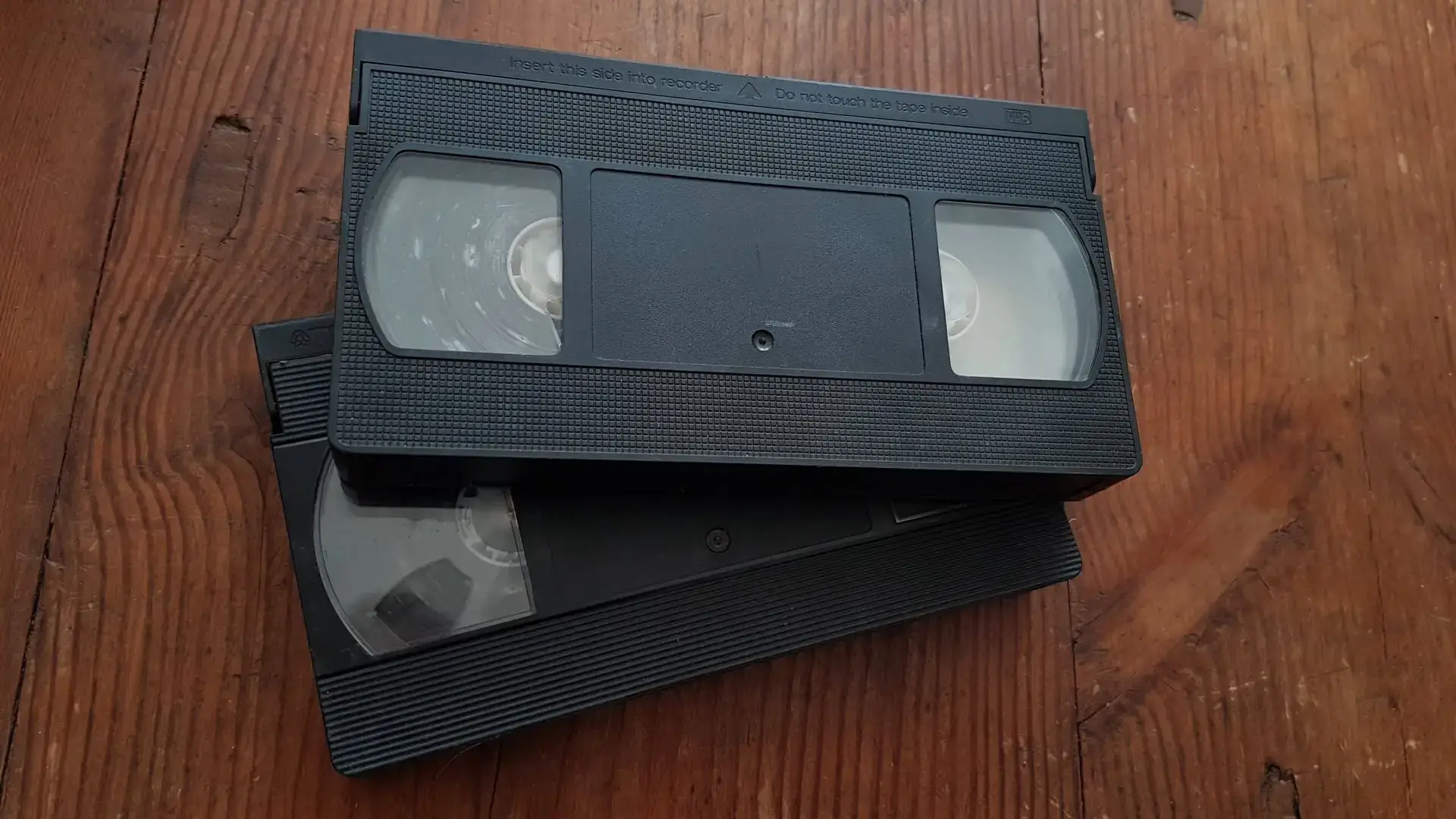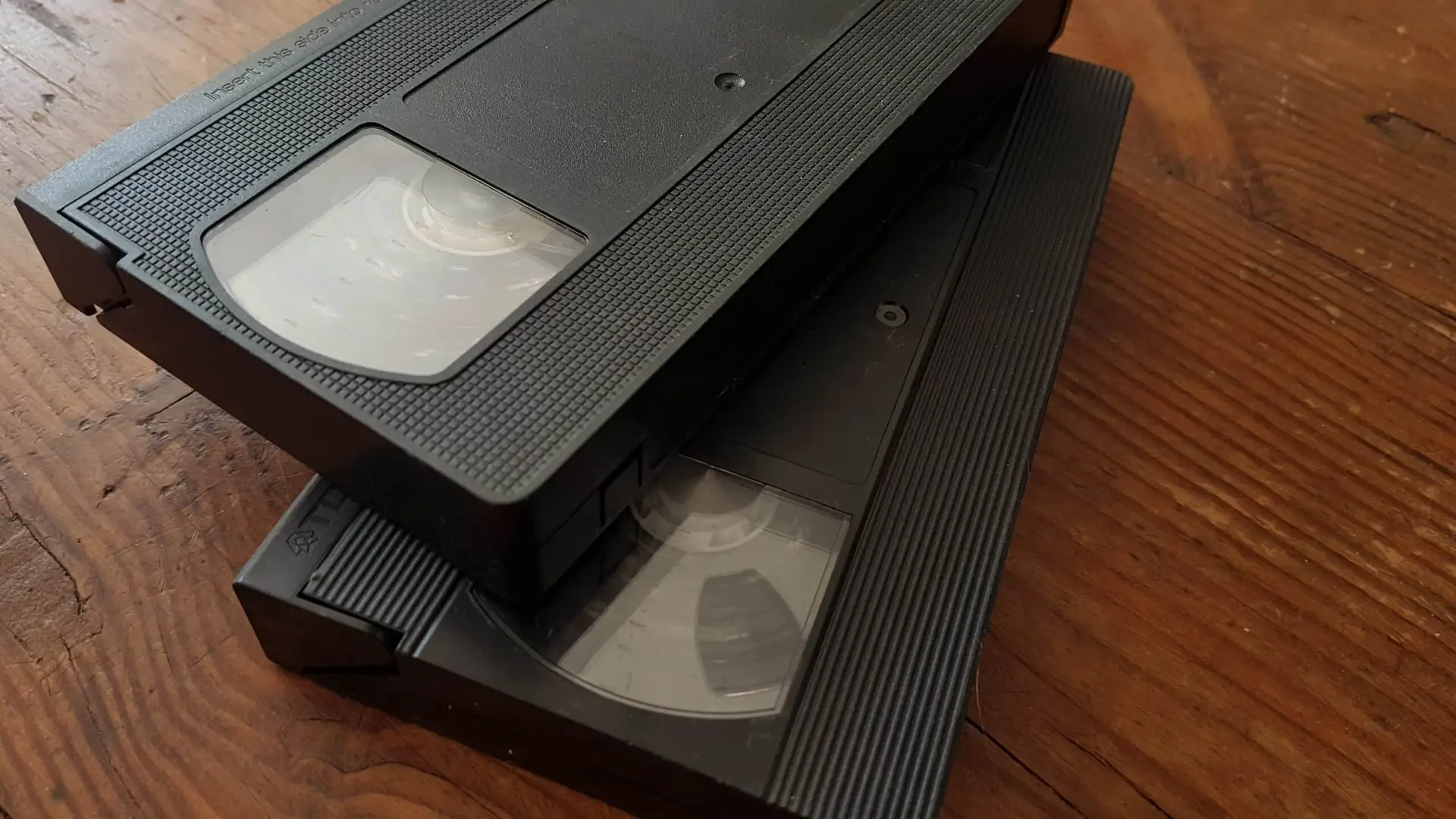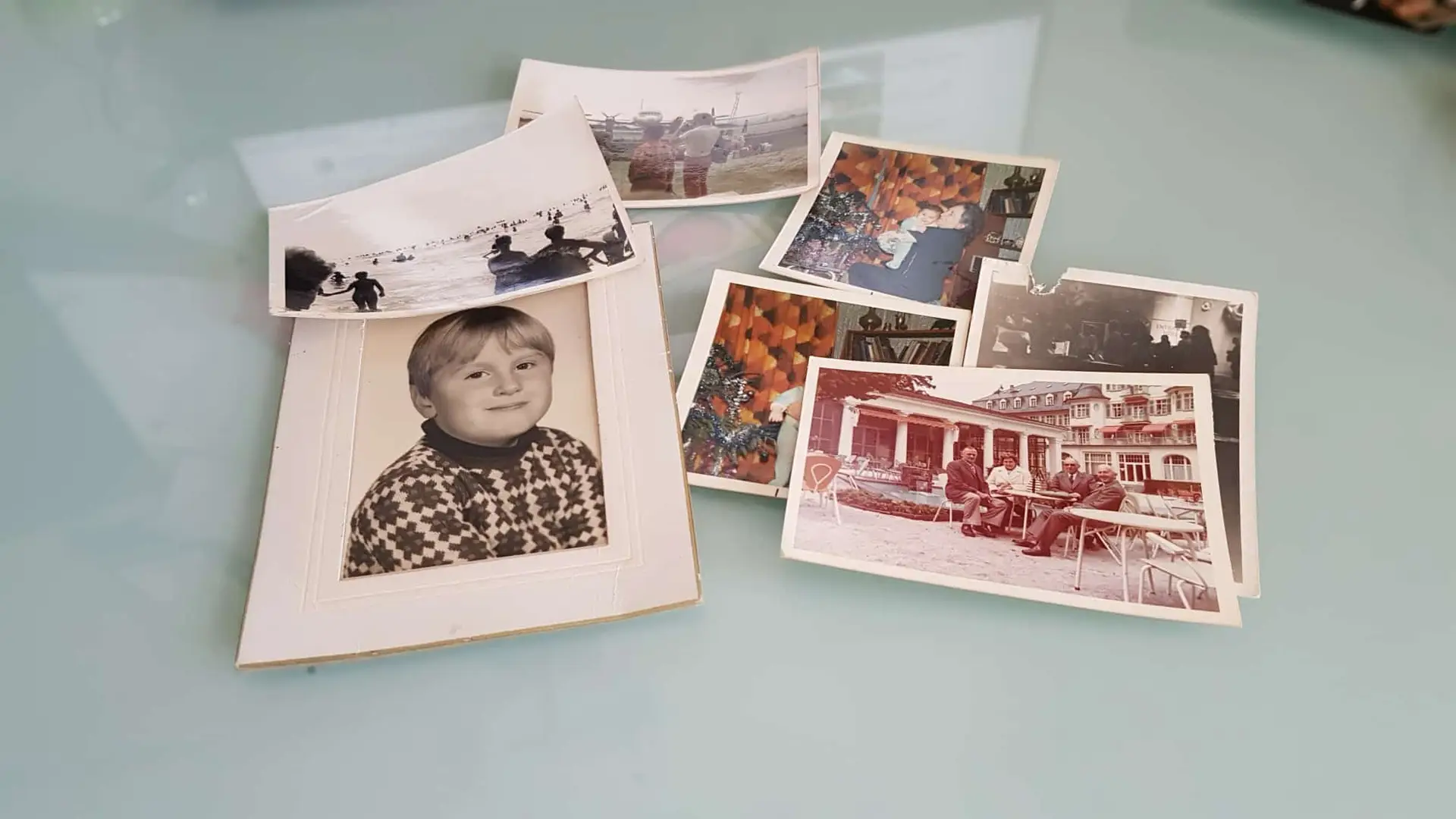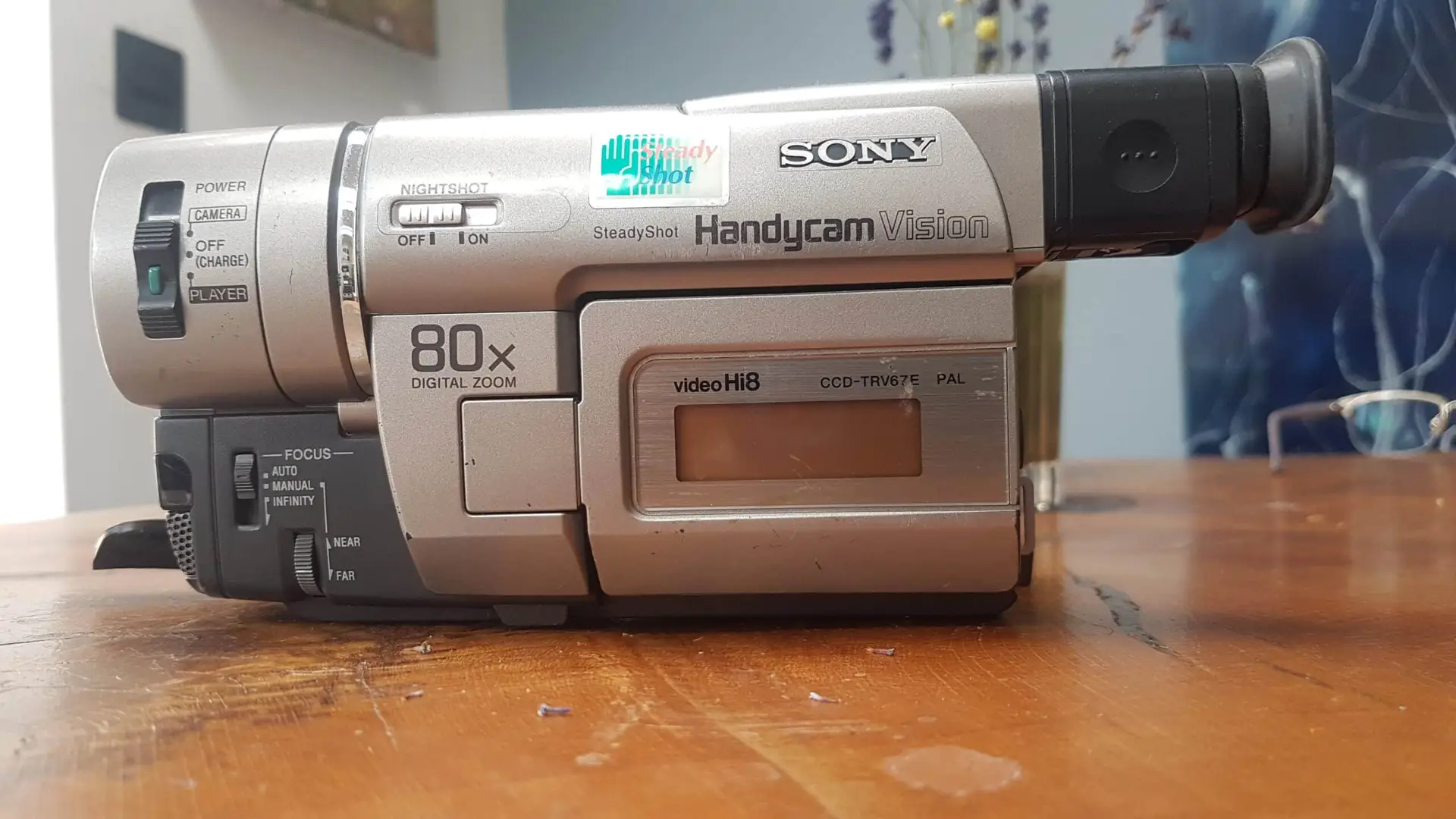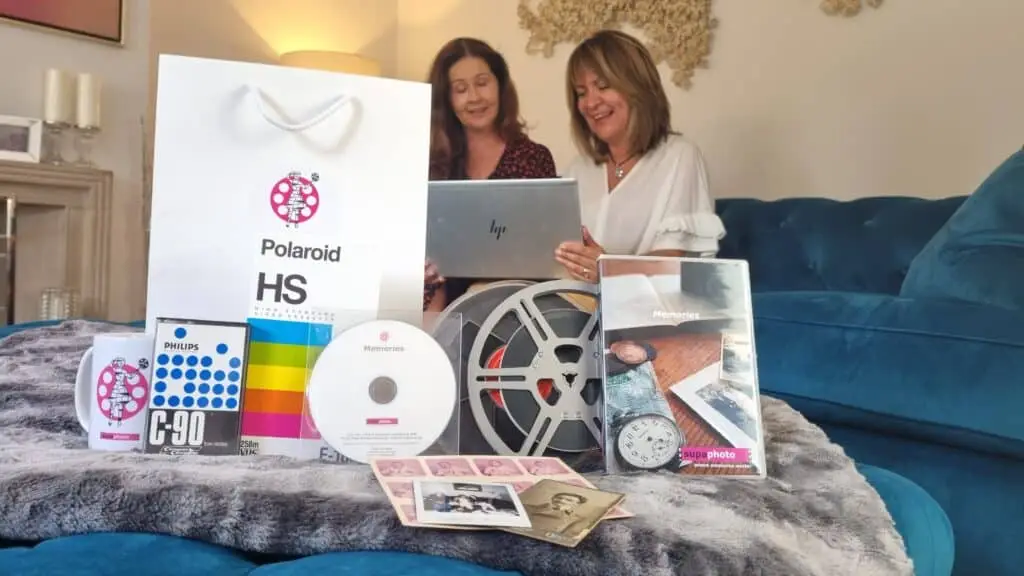The advances in technology seem to be never-ending. I remember when mobile phones were like a brick and not the modern sleek devices that everyone seems to have in their pocket. Camcorders and Camcorder Tapes are no exception…
With impressive image quality, excellent portability and can be uploaded to a computer with ease (sometimes even over WiFi!). But this hasn’t always been the case; Camcorders used to be cumbersome and require big cine reels to operate, not like the modern SD card which provides hours of storage and is about the size of a toenail! Watching your video back wasn’t as simple as just plugging it into your nearest electronic device. You had to get the film developed and go home to play it on your projector in order to show the films to your friends and family. But before we discuss how we convert tapes to digital, first let’s look into the history of camcorders themselves.
Camcorder History
Until the early 70s, if you wanted to record a video, you were required to carry around a fridge-like device in order to get a relatively low-quality video. With the release of Sony’s first Betamax camcorder, the market for home video skyrocketed. Having an easy way to record your family or friends on trips or at events with a device that didn’t require a 4 man team to move around was a revelation to the public and the home movie enthusiasts. The likes of Steven Spielberg have credited a lot of his early movie-making experiences to Sony’s early camcorders.
For a long time there was no such thing as automatic settings, so filmmakers would have to adjust settings manually which was considered a skill to be able to do. It wasn’t the simple on-button and ready-to-go situation we find ourselves in now.
Camcorders and camcorder tapes are from a different age and just don’t have a place in the digital world. We recomend that you get all your old camcorder tapes to DVD or convert your camcorder tapes to digital files
Introduction of Home Video
Image from rewindmuseum.com
The first home video system was released in 1963 by a company called Ampex. The package included a TV monitor, cinema furniture, and a VR-1500 VTR from Ampex. This setup weighed about 45 kilos and cost £30,000. It was capable of playing video and could even be used for editing as well. This was the first real example of a home cinema, despite the fact it had an incredibly high price.
The video portion of the Ampex system included the black and white reel-to-reel video recorder, along with a TV tuner and automatic timer.
Unbelievably, the cabinet also housed a complete audio system including an AM/FM tuner, stereo amplifier, record
player, reel-to-reel audio recorder, and stereo loudspeakers.
The Evolution of Camcorders
As equipment like this evolved and became more economically viable, the 8 mm film camera became a popular item for families to document important moments and memories in their lives. The cine film loading process was technical though as it required loading the 8mm film into the camera without exposing it to light which was a tricky process and required a degree of skill to do easily. To extract the film, you would have to wind it back onto the reel inside the camera, take it out, and replace it with a proof canister. Once the film was developed you would watch it back on the projector. Although, if you didn’t have a quality projector, there was a high chance that the film could rip or melt. Not like today when your can watch your footage back the instant you’ve finished filming.
Eventually, camcorders became more mainstream and big companies started pumping money into their development. So, here we are today with high-quality images without the hassle. People have even shot high-quality films on just their mobile phones.
The Modern Era of Camcorders and Camcorder Tapes
The first camcorder to feature the options we have today were from the likes of Sony and Panasonic in 1995. This kick-started an industry-wide revolution in camcorder development and led us to the stage we are at now.
Have you got any old tapes from your camcorder days that you would like converted? Here, at Supaphoto, we offer a video digitalisation service to convert camcorder tapes to DVD or digital. We offer a quick, reliable, and affordable service. Take a look here.


